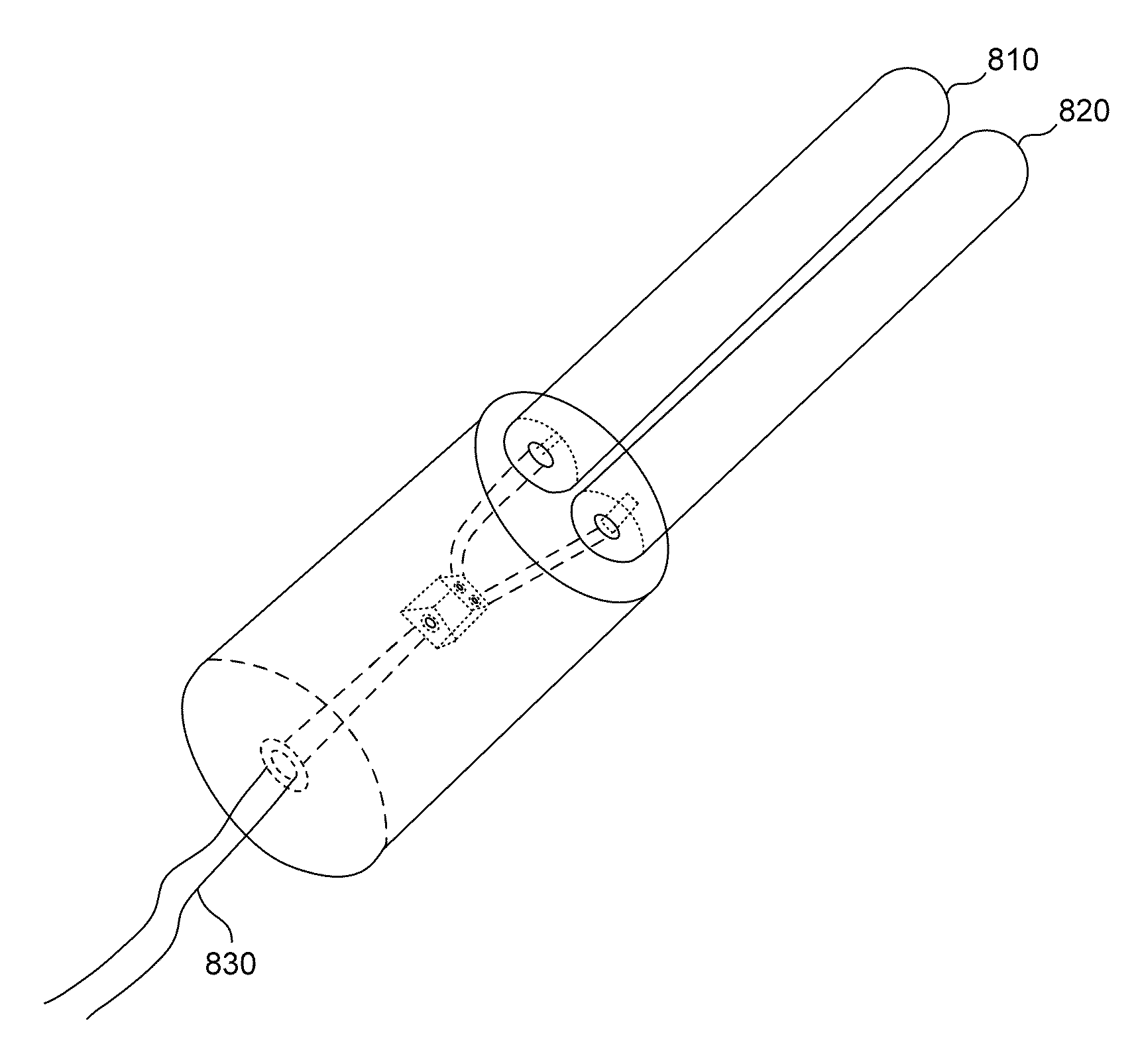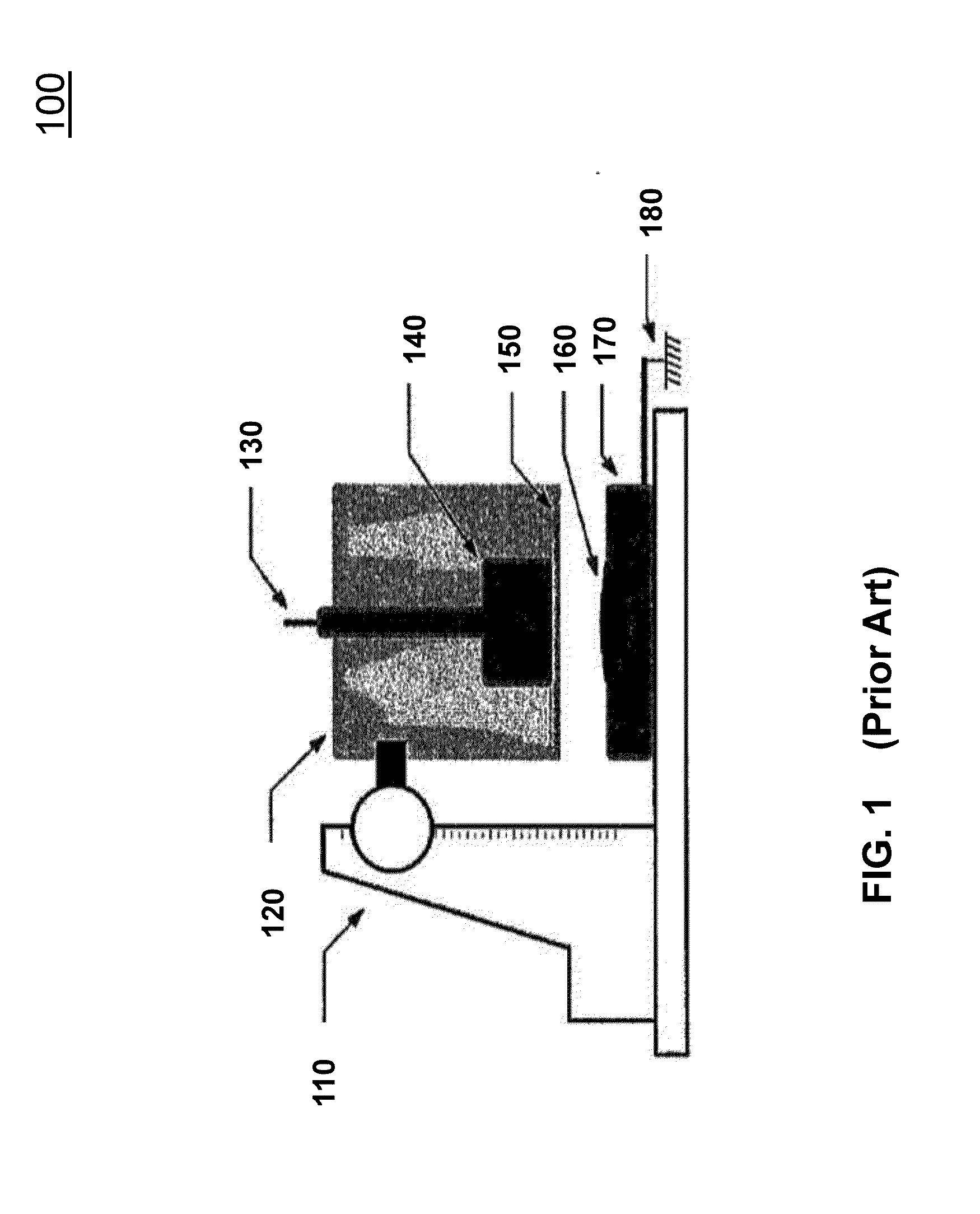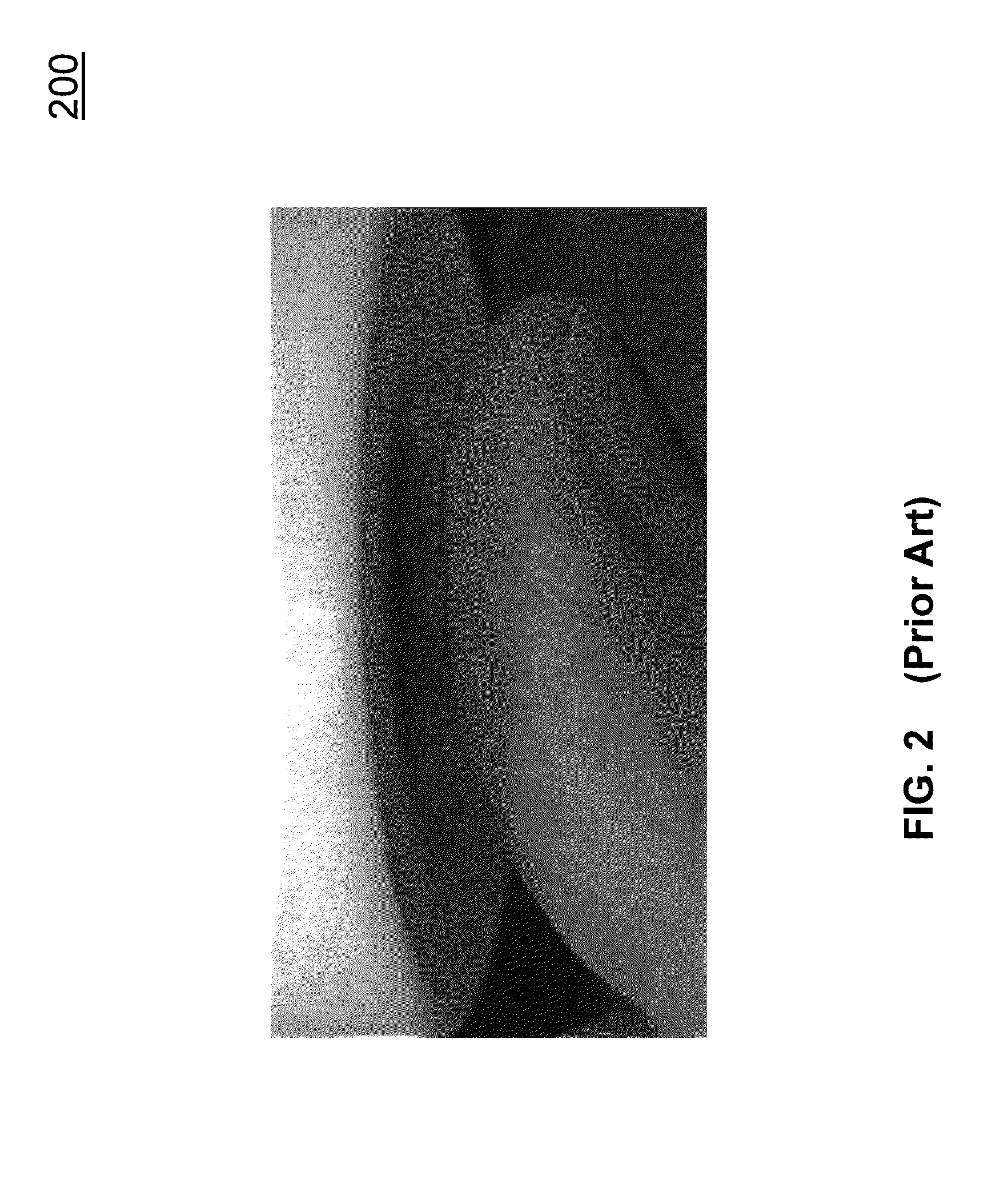Method and Apparatus for Dielectric Barrier Discharge Wand Cold Plasma Device
a dielectric barrier and discharge wand technology, applied in the field of devices and methods for cold plasma generation, can solve the problems of increasing the generation of electrodes, limited use of floating electrode strategies, and thermal destruction of sensitive substrates such as skin
- Summary
- Abstract
- Description
- Claims
- Application Information
AI Technical Summary
Benefits of technology
Problems solved by technology
Method used
Image
Examples
Embodiment Construction
[0026]Cold temperature plasmas have attracted a great deal of enthusiasm and interest by virtue of their provision of plasmas at relatively low gas temperatures. The provision of plasmas at such a temperature is of interest to a variety of applications, including wound healing, anti-bacterial processes, treatments of musculoskeletal disorders, autoimmune disorder treatments and various other medical therapies and sterilization.
[0027]Embodiments of the present disclosure include cylindrical cold plasma DBD wand-like devices that provide a large cold plasma treatment area without the use of additional spatial control techniques. Powering these cylindrical cold plasma DBD devices with a multi-frequency harmonic-rich cold plasma (MFHCP) power supply avoids the formation of multiple discrete discharge points along the electrode (and associated pin-point heating and burning). The use of a MFHCP power supply results in a larger cold plasma treatment area (measured in centimeters or more) t...
PUM
 Login to View More
Login to View More Abstract
Description
Claims
Application Information
 Login to View More
Login to View More - R&D
- Intellectual Property
- Life Sciences
- Materials
- Tech Scout
- Unparalleled Data Quality
- Higher Quality Content
- 60% Fewer Hallucinations
Browse by: Latest US Patents, China's latest patents, Technical Efficacy Thesaurus, Application Domain, Technology Topic, Popular Technical Reports.
© 2025 PatSnap. All rights reserved.Legal|Privacy policy|Modern Slavery Act Transparency Statement|Sitemap|About US| Contact US: help@patsnap.com



